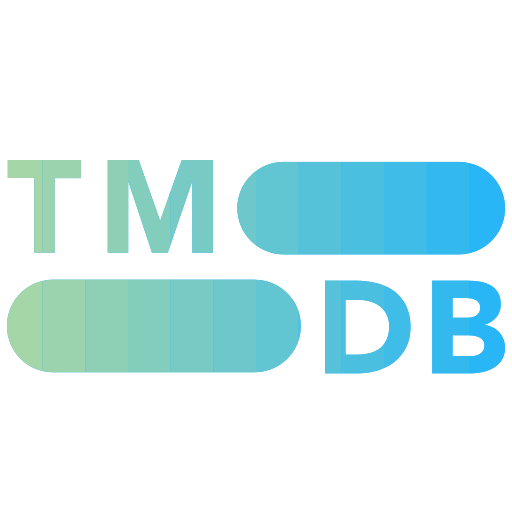Django Unchained (2012)

Overview
With the help of a German bounty hunter, a freed slave sets out to rescue his wife from a brutal Mississippi plantation owner.
Starring Cast
Where to watch
Bias Dimensions
Overview
With the help of a German bounty hunter, a freed slave sets out to rescue his wife from a brutal Mississippi plantation owner.
Starring Cast
Where to watch
Detailed Bias Analysis
Primary
The film's central thesis explicitly promotes a progressive ideology by unequivocally condemning and depicting the violent overthrow of systemic racism and slavery, focusing on individual liberation from an oppressive system.
The movie features a diverse cast, with its central figures being Black characters in a historical context. The narrative strongly critiques traditional power structures by portraying white slave owners as antagonists and explicitly addressing themes of racial oppression and liberation.
Secondary
The film portrays a society where Christianity is the dominant religion, yet its nominal adherents, particularly slave owners, are depicted as profoundly cruel, hypocritical, and morally bankrupt. The narrative offers no counterbalancing positive portrayal, instead highlighting how religious rhetoric is ignored or twisted to justify extreme oppression. The film's overall message condemns the moral failings of these individuals and the societal structures they uphold, rather than affirming the faith itself.
Django Unchained does not feature any identifiable LGBTQ+ characters or themes. The narrative is centered on the experiences of enslaved people and bounty hunters in the 19th-century American South, with no explicit or implicit LGBTQ+ content present.
The movie does not contain any action or adventure elements.
Django Unchained is an original screenplay by Quentin Tarantino, not a direct adaptation or reboot of a prior work with established characters whose genders were altered. All main characters were created for this film.
Django Unchained features original characters created for the film's narrative. There is no prior source material, historical figures, or established canon from which character races could have been altered.
Viewer Rating Breakdown
Viewer Rating
Combines user and critic ratings from four sources
User Ratings


Critic Ratings


More Like This



















